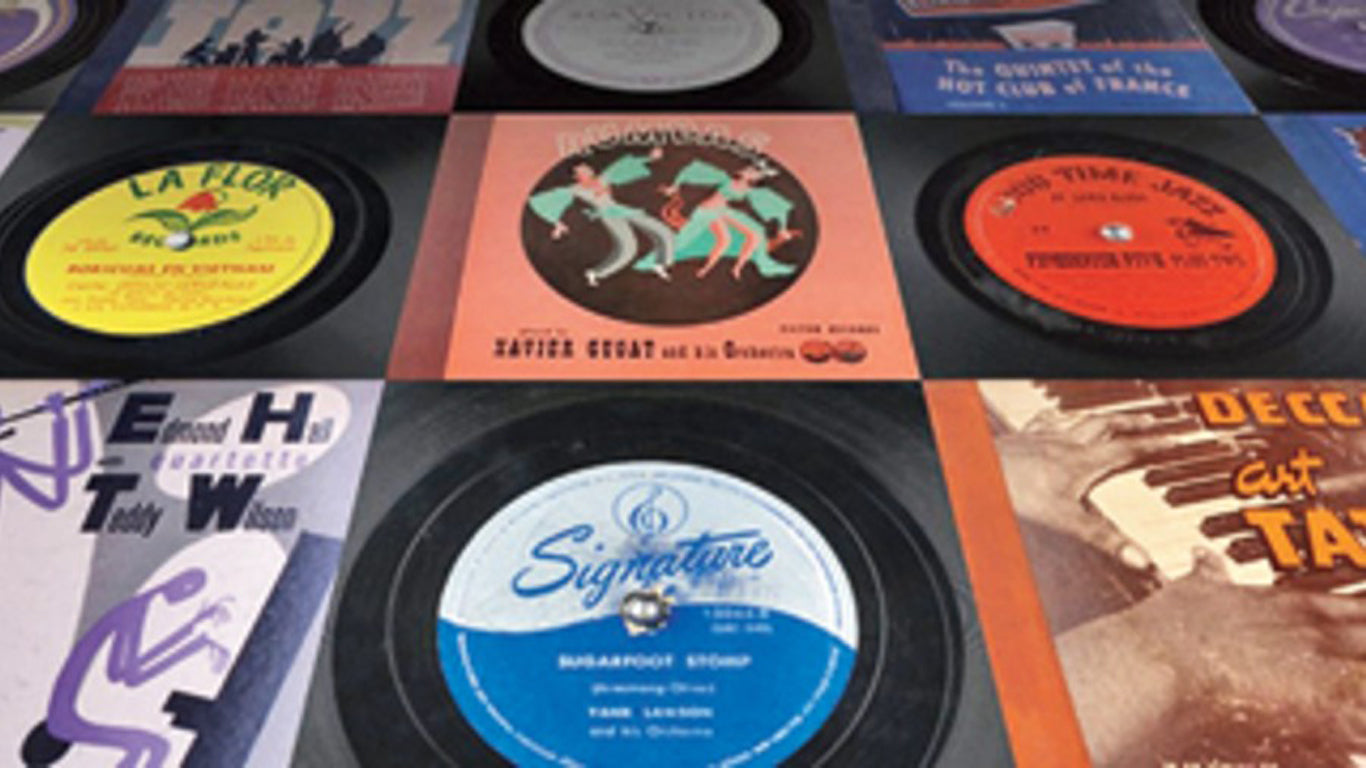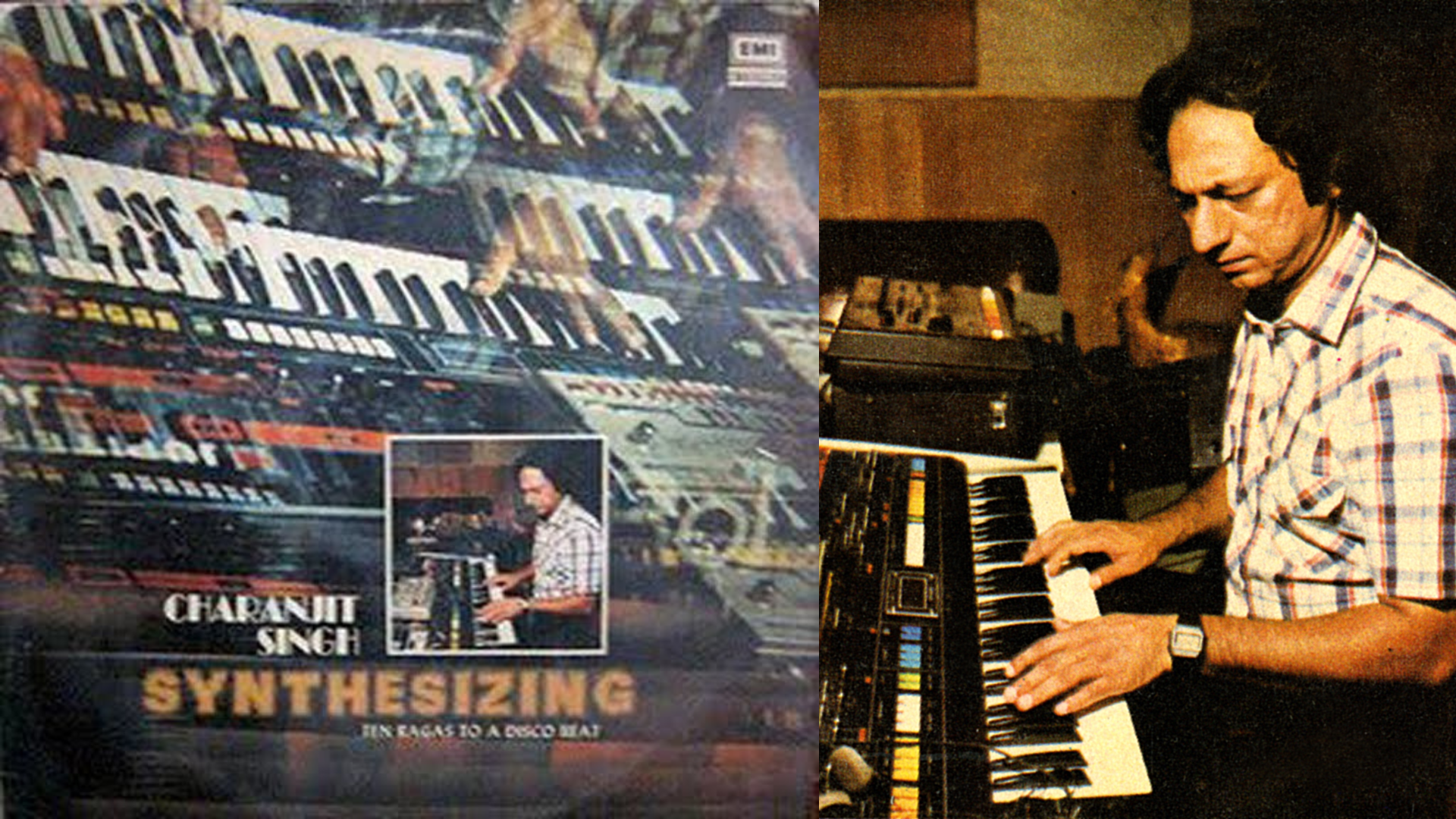78 RPM’s Last Stand – The Shellac Record Lives on in India

In the previous installment of this series, we looked at the introduction of the new “micro-groove” vinyl records and their impact on the Indian music industry. Intended to replace the aging 78 rpm shellac records, the 33 1/3rd rpm LP and 45 rpm EP formats were giant leaps forward in terms of fidelity and playback time. In the western markets, the shift from the old to the new formats was quick, with LPs and EPs becoming common-place by the mid ‘50s. In India, however, the transition was not so brisk, and although The Gramophone Company of India marketed some of the new format records under their various labels throughout the ’50s, it took until the early ’60s for them to achieve mainstream popularity.

In-fact, the 78 rpm record enjoyed an extended lifespan in the Indian market, co-existing with the new LP and EP formats at a time when most of the world was already considering it obsolete. It has been speculated that poor access to electricity in rural areas during the post-war era was a contributing factor to the format’s survival, as unlike the new vinyl records, the old shellac 78s could be played on wind-up gramophones without electricity.
78 rpm record production continued until 1970, with the format consisting of a good 25% of all record sales in 1969. Today, the 78 rpm record and the wind-up gramophone enjoy an iconic status in Indian culture not found in any other part of the world.
In addition to the old-fashioned wind-up gramophone record players, new 3 speed electronic models capable of playing all three formats were introduced by the mid ‘50s, even before local production of vinyl records began in 1958. This was facilitated by the use of “flip-over” dual stylus cartridges. 3 speed record players remained common well into the ‘70s, allowing 78s to co-exist with LPs and EPs.
By the end of 1960, the major record companies In the US and UK had phased out 78 rpm records. In-fact, when EMI’s Parlophone label stopped 78 production, the presses and other machinery were supposedly sent over to India. This led to some unique and high-quality releases such as the 78 rpm Beatles singles that have captured the attention of record collectors around the world. Throughout the ‘60s, every Beatles single from “Love Me Do” to “Hey Jude” saw a 78 release for the local market. Today, these records are extremely sought after by international collectors accustomed to seeing the Beatles only at 33 1/3rd and 45 rpm.

The final known Indian 78 rpm releases date from 1969 and 1970 – 30 years after the format was supposed to have been superseded in 1948, and 62 years after production began in 1908. These final releases were mostly film music. One of the latest known releases from 1970 includes songs from the award-winning Punjabi film “Nanak Nam Jahaz Hai” by Mohammed Rafi and Asha Bhosle.

The mass production of wind-up gramophones ended a couple of years later. Bangalore’s iconic Seethaphone Company, one of the oldest indigenous gramophone manufacturers, stopped mainstream production around 1974/75. Today, second generation proprietor D.S. Sreenivasa Murthy continues to rebuild antique gramophones from the same building, and the continued demand for both restored machines and Indian-made replicas that are exported around the world is a testament to the 78 rpm record’s enduring status in Indian culture.

On the grooves of these brittle shellac discs lies decades of our musical heritage that must be preserved for posterity. Although the coming of cassette tapes in the late ‘70s saw thousands of 78s relegated to the scrap dealers, dedicated collectors such as Suman Chourasiya from Indore, V.A.K. Ranga Rao from Chennai, and Suresh Chandvankar from Mumbai have each managed to save over 25,000 discs representing the country’s diverse musical styles. Australian discographer Michael Kinner too must be mentioned for his pivotal role in cataloguing Indian 78 rpm releases as well as for bringing together Indian collectors by helping found the Society of Indian Record Collectors in 1990. For over 30 years, the SIRC has played an important role in archiving and spreading awareness of the cultural significance of the 78 rpm record’s enduring legacy.







Comments
Anjana Mangalagiri —
Last year I had purchased an audio-technica-lp120 from the RC (had also sent a review on your site). After making my purchase, I realized that I cannot play my dad’s 78 rpm shellac records and that I will need to fit another stylus on the audio Technica to be able to listen to them. In early June this year I sent a query to RC via your WhatsApp chat box, to let me know the technical details of such a stylus so that I could procure one while in the US. Despite repeated requests and reminders, I did not unfortunately receive any information. The record player I bought from RC is not serving the main purpose of playing the shellac records. Once again requesting you to send me the details of the stylus that I can buy.
RAJENDRAN NAGAPPAN —
Besides the above, wish to know more details about the record players and the modern stylus (made in INDIA) for the 78rpm records.